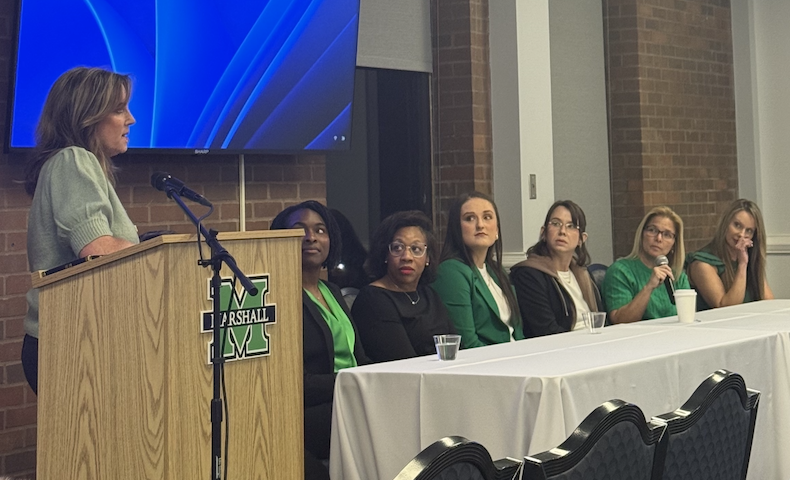Say no to drug ads
November 10, 2014
Pharmaceutical advertisements are everywhere: magazines, televisions, on the pen you’re writing with, the bench you’re sitting on. It’s no surprise that the drug industry is one of the biggest in America.
The U.S. and New Zealand are the only two countries in the entire world that allow drug companies to advertise directly to consumers.
We’ve all seen the ads. If it’s a television commercial, it usually depicts a generic-looking person in a subtle state of misery, and by the end of it everything is rainbows and sunshine. This is using an emotional appeal to make you think your quality of life would be improved if you take this drug.
It gives a skewed perception of the drug by showcasing all the benefits without significantly comparing them with the possible risks, which are normally in fine print at the bottom of the ad or spouted off by a speed-talker at the very end of a commercial.
The advertisements supposedly are created in hopes of encouraging individuals with a problem to seek advice from a medical professional. Really, ads lead to hypochondriacs who think they need a treatment for everything.
The only way anyone should learn about prescription drugs is through a medical professional who knows what the chemical will do and who can assess whether or not you have the symptoms appropriate for the treatment.
Even non-prescription drugs should be treated the same way, especially because brands are no different from one another when the drug is the same. Name-brand ibuprofen is no different than the store brand. Both are the same chemical.
Ironically, many countries without direct drug ads are much healthier than the United States and have drastically better healthcare.
The United States, and New Zealand for that matter, should follow in the rest of the world’s footsteps and ban direct-to-consumer pharmaceutical advertisements.












